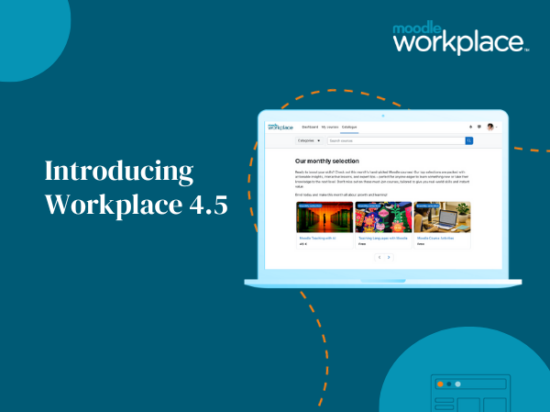Since its introduction in 1996, Flash has become the core method for adding animation and interactivity to eLearning resources. This has allowed us to create some exciting and engaging learning experiences. However, things are changing. Flash is dying.
All major web browsers are transitioning away from the use of Flash, and have introduced progressively greater restrictions. Safari moved to HTML5-by-default in September 2016. Chrome followed with version 55, released December 2016. This feature will mean the browser keeps the presence of Flash hidden, preferring to fall back on HTML content. Because most players in the wild have an HTML5 fallback or are already HTML5-first, the impact of this will be widespread.
Since late 2011, Adobe stopped developing its mobile Flash player. Flash content is no longer supported on mobile devices. With Adobe’s recent announcement that it plans to stop distributing its Flash player by the end of 2020, the final nails have been placed in the coffin for Flash. Flash-based eLearning courses will soon no longer function.
According to Nielsen and IAB Australia, the latest available mobile statistics in Australia for smartphone and tablet ownership, Internet surfing trends, as well as total time spent on devices, show that both in Australia and globally, consumption and usage of mobile devices continues to increase rapidly. In contrast, time spent and sessions viewed on desktop and laptop devices, though still a sizable proportion, have either stagnated or declined slightly in the last few years.
With the above in mind, the need for responsive HTML5 eLearning content is essential. Converting existing Flash based eLearning courses to HTML5 will future proof your learning. Content will continue to be operable on all platforms, browsers and devices. Learners will continue to have an engaging and seamless learning experience.
Contact us to discuss about how we can convert your Flash-based content to HTML5 and future proof your learning.







